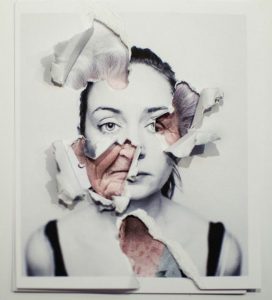Over the first semester, I have attended all but one of the RCS Lectures. I have thoroughly enjoyed learning about different art forms that I haven’t covered before.
What have you learnt?
One key skill that I have picked up on from attending and researching after the lectures is how to reference properly, the Harvard way. I feel this skill will be beneficial in the years to come when studying Graphic Arts. Furthermore, I have also learnt how to properly research using a variety of different sources. From books in the library and to books that I personally read and am interested in.
Two major texts that have helped towards my understanding of all of the topics covered in the lectures is the book entitled ‘A Smile in The Mind’ by Beryl McAlhone, David Stuart, Greg Quinton and Nick Asbury and ‘Graphic Design the New Basics’ by Ellen Lupton and Jennifer Cole Phillips.
The first book entitled, ‘A smile within the mind’ covers how people came up with their design ideas and the methods and thought processes that helped them develop them into pieces of graphic art and design. Moreover, the second book, ‘Graphic design the new basics’ helped me understand from a beginners point of view what elements help make up a piece of graphic design or artwork.
It is evident that I have used many internet based resources as many of my blogs have the links to the websites that I have used. However behind the blogs, I have mainly used the library to help me have a deeper understanding of the lecture topics.
Do you see the connection with these ideas and your developing practice?
I am able to use the knowledge and research used/found when researching for the blog post in class frequently and have used it to develop my ideas further in practice. Whilst looking at the ‘History of Graphic design’ Johanna Drucker and Emily McVarnish to expand my knowledge in the specific areas of design covered in the lectures, I have used it in class and it has been a key resource that I found in the WSA library when researching after lectures about key points in design history to understand the basics before I proceeded with the blog post and with my work within class and when completing my sketchbook. This helped me fully understand what I was talking about in my blogs. It covers all of the art history in the lectures and I would personally recommend it to anyone who isn’t familiar with different movements within art and design.
Whilst completing and adding to my sketchbook, I have found that the artwork from the Avant Guard period has influenced me the most because I am drawn to abstract art and design and the message behind it. My sketchbook suggests my interests as I use many bold colours to lay it out. A personal favourite style is De Stijl, developed by Piet Mondrain, Theo Van Doesburg and Bart Van Der Leck.
Books:
B.McAlhone, D.Stuart, G.Quinton, N.Asbury : A Smile In The Mind : Publisher: PHAIDON Published: 1996 revised/updated version.
E.Lupton, J.Cole Phillips : Graphic Design The New Basics : Publisher: Princeton Achitectural Press NYC Published: 2008,2015
J.Drucker, E.McVarnish : Graphic Design History (A critical guide) : Publisher: Pearson Published: 2013

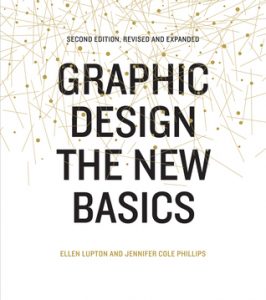
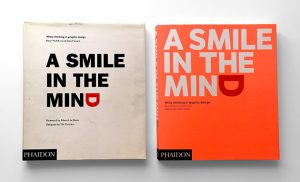
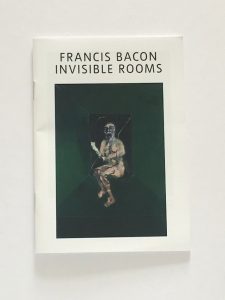

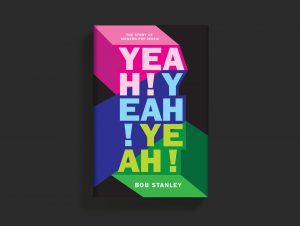






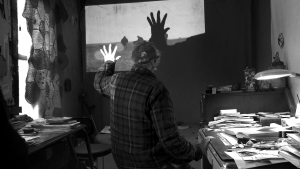 (1)
(1)